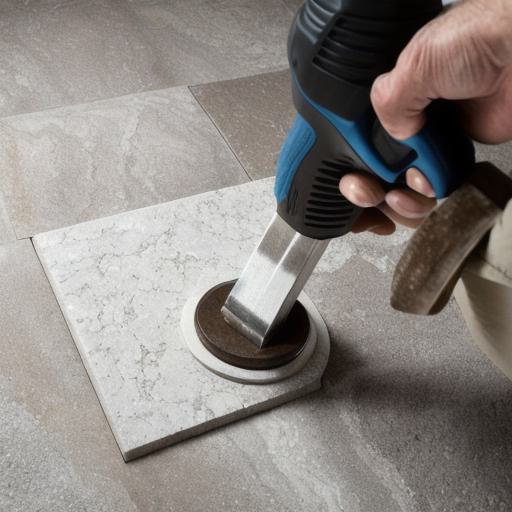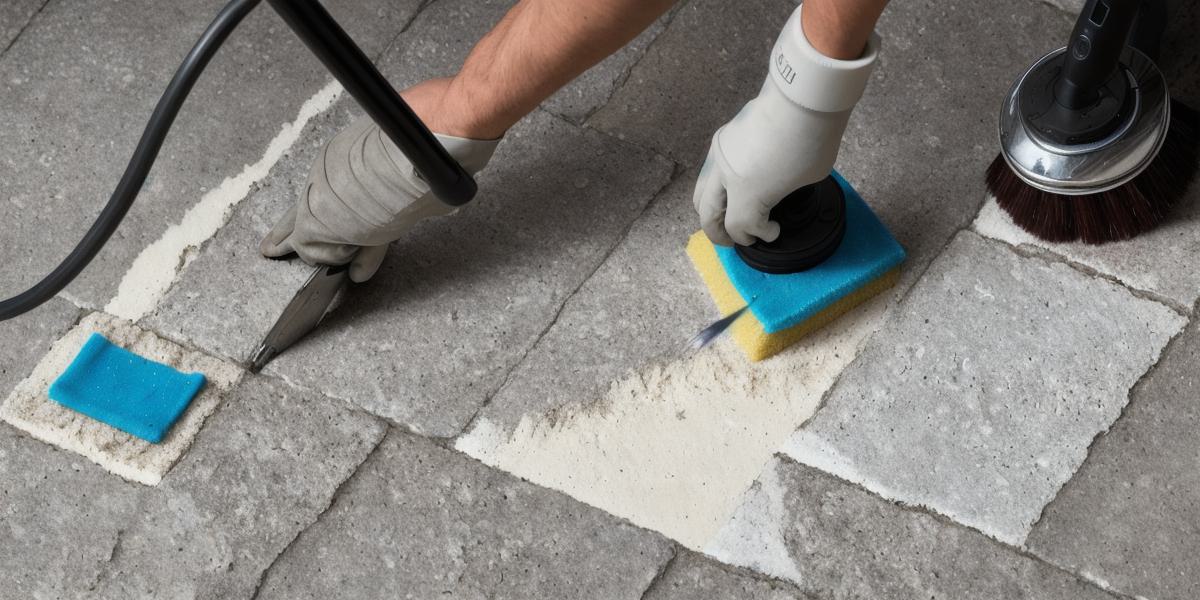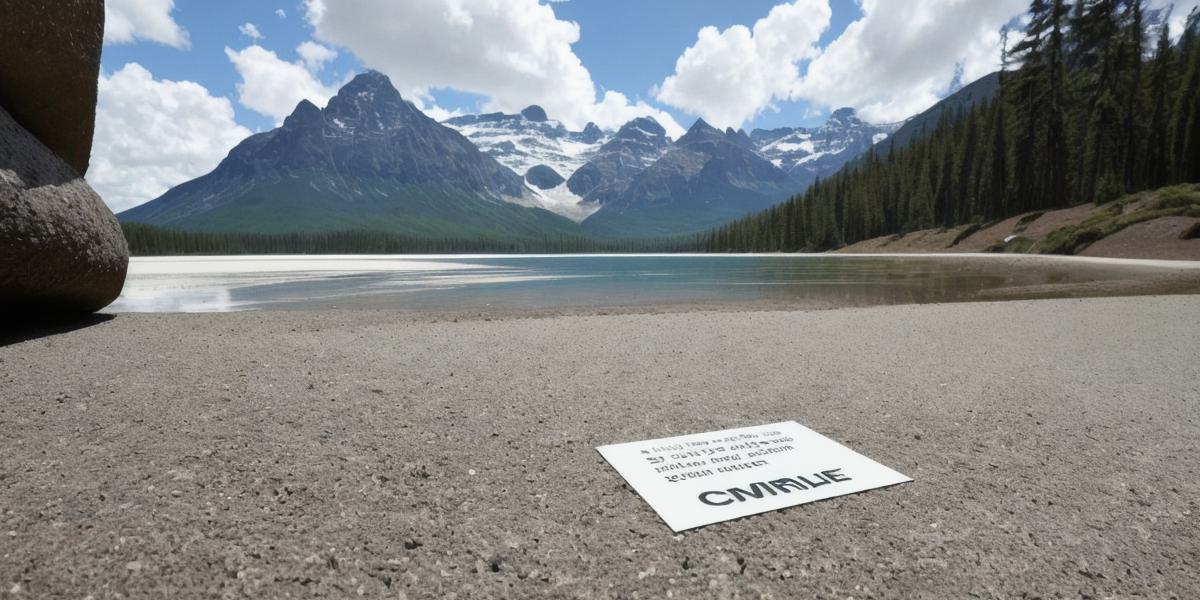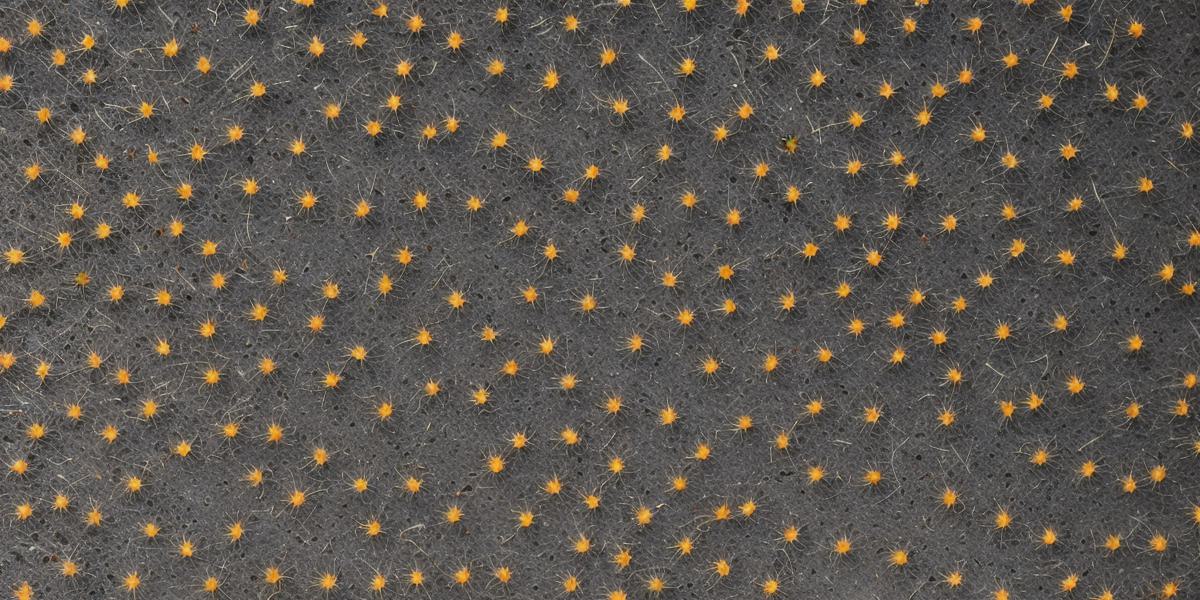Limestone is a beautiful natural stone material that adds a touch of elegance and charm to any space. However, over time, limestone surfaces can become dull and scratched. This is why it’s essential to polish them regularly to maintain their beauty. In this article, we will discuss some effective ways to polish limestone surfaces, including tips and tricks to optimize your cleaning process.
Choose the Right Cleaning Solution
The first step in polishing limestone surfaces is choosing the right cleaning solution. There are many products available on the market, but not all of them are suitable for limestone. It’s essential to choose a cleaner that is specifically designed for natural stone materials like limestone. These cleaners will help remove dirt, grime, and stains without damaging the surface.
Use a Soft Cloth
When polishing limestone surfaces, it’s important to use a soft cloth. A soft cloth will prevent scratching the surface and ensure that you get an even finish. Make sure to choose a clean, dry cloth, as using a damp or wet cloth can damage the surface.
Apply Pressure Gently
When applying pressure while polishing limestone surfaces, it’s important to be gentle. Applying too much pressure can scratch the surface and cause damage. Instead, use a light touch and apply pressure evenly across the surface. This will help you achieve a smooth, even finish.
Use Circular Motions

When polishing limestone surfaces, use circular motions to remove dirt and grime. Circular motions will help you remove dirt and grime more efficiently and avoid damaging the surface. Start with small circular motions and gradually increase the size of the circle as you go.
Take Breaks
When polishing limestone surfaces, it’s important to take breaks. Overworking the surface can cause damage and reduce its lifespan. Take breaks every 15-20 minutes to allow the surface to cool down and prevent any further damage.
Use Sealants
Sealants are a great way to protect limestone surfaces from moisture, stains, and other damaging factors. Apply sealants regularly to keep the surface looking new and shiny. Make sure to choose a sealant that is specifically designed for natural stone materials like limestone.
FAQs
Q: Can I use vinegar to clean my limestone surface?
A: While vinegar can be an effective cleaning solution for some surfaces, it’s not suitable for limestone. Vinegar can etch the surface and cause damage. Instead, choose a cleaner specifically designed for natural stone materials like limestone.
Q: How often should I polish my limestone surface?
A: It’s recommended to polish your limestone surface every 6-12 months, depending on the level of use and exposure to the elements. Take breaks every 15-20 minutes to allow the surface to cool down and prevent any further damage.
Q: Can I use an abrasive cleaner on my limestone surface?
A: No, abrasive cleaners can scratch and damage limestone surfaces. Instead, choose a cleaner specifically designed for natural stone materials like limestone. Use a soft cloth and apply pressure gently to avoid damaging the surface.
Summary
Polishing limestone surfaces is an essential task to maintain their beauty and lifespan. Choose the right cleaning solution, use a soft cloth, apply pressure gently, use circular motions, take breaks, and use sealants regularly to keep your limestone surface looking new and shiny. With these tips and tricks, you can effectively polish your limestone surfaces and enjoy their natural beauty for years to come.



